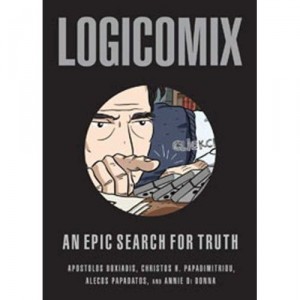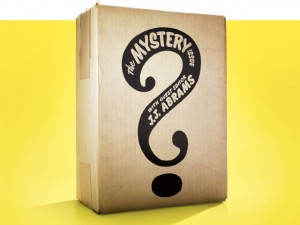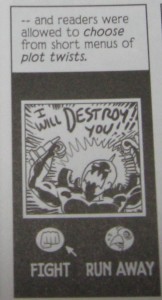Hippasus Gurgles: LOGICOMIX Review
Michael Carlisle examines the world “outside” sequential art to find… more sequential art.
I had the distinct pleasure, during a random walk down the aisles of BookExpo America last May, of finding a preview copy of Logicomix: An Epic Search for Truth, which is due for release in the US on September 29, 2009.
First, I’ll say that I am overjoyed that this book exists, as it shows that mathematical content can be relayed, and relayed well, in the comics medium. I am also rather frustrated by the existence of this book, as I did not write it myself.
If I was to sadly be scooped by someone on the comic I wanted to write about mathematicians, logic, infinity, madness, world wars, and self-reference, then I would hope it would be by Apostolos Doxiadis (whose Uncle Petros and Goldbach’s Conjecture I’ve read only a portion of but am awaiting the rest) and Christos Papadimitriou (whose Combinatorial Optimization
text I used as an undergrad, and will use again when planning a course I’m teaching in the fall).
(Them, or maybe Neal Stephenson. But he’s already done a few things similar to this, in text, for cryptography, calculus
, and religion
.)



